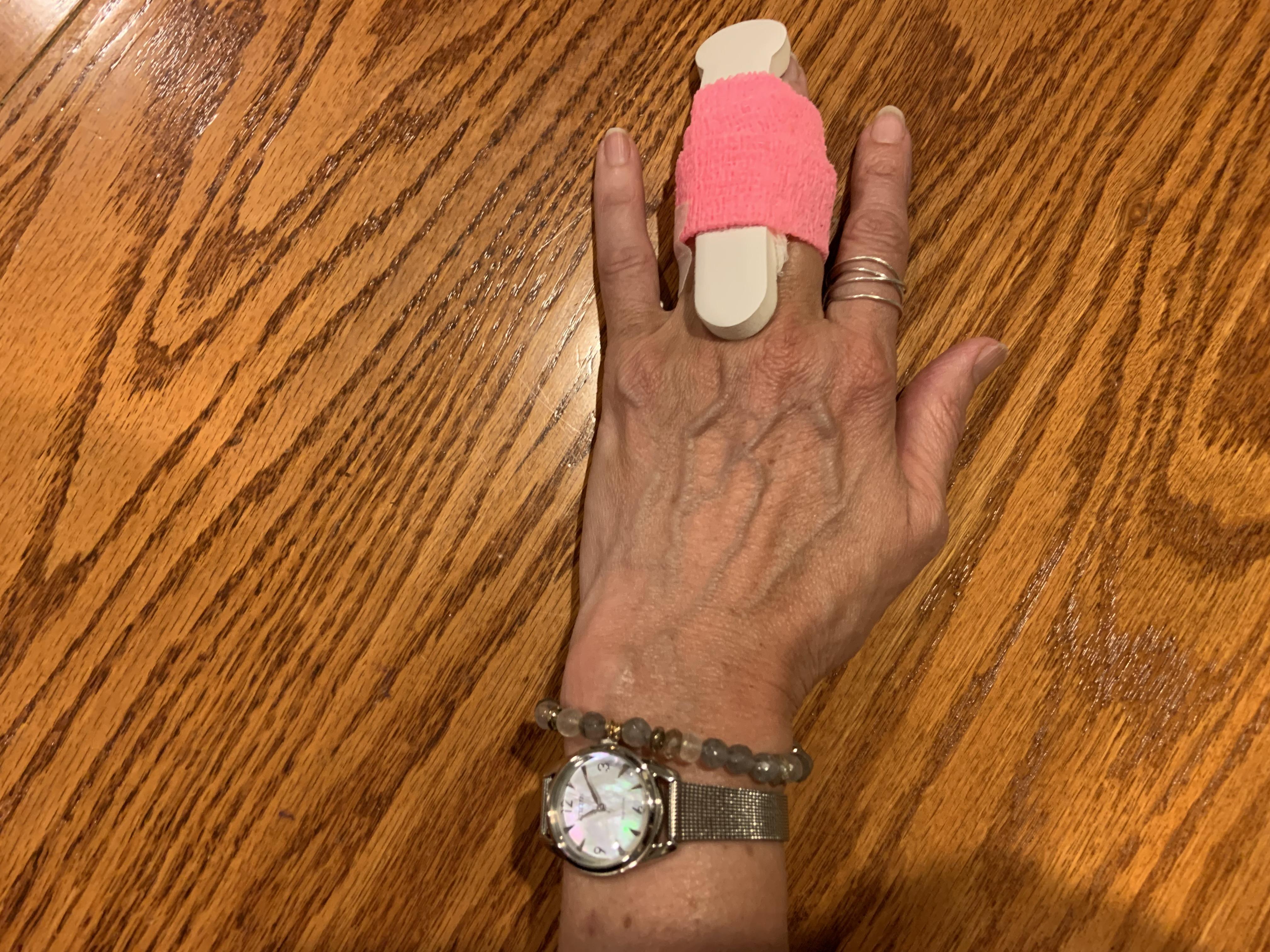
It’s ironic that I am thinking about engine hospital visits as I wait for the results of finger x-rays at an urgent care facility. Engine hospital visits—shorter, targeted fixes, opposed to full-scale overhauls or restorations--are very similar to immediate and urgent care facilities, where you go to get some specific ailment or injury checked out.
They both involved quicker, in-and-out service.
As the airline industry works on Covid-19 recovery operations, more aftermarket facilities are launching or expanding their powerplant hospital visit services.
BP Aero in Dallas is increasing to 80,000-sq.-ft. for engine hospital shop visits, as well as inhouse repairs to accommodate smaller workscopes, partly driven by engine lease returns.
GA Telesis Engine Services is also expanding its Special Procedures Aeroengine Hospital in Helsinki for targeted maintenance, and it plans to open a similar facility in the Central or Midwest U.S. in early 2022. The U.S. facility will be a joint venture with ATSG.
“We see a lot of opportunity for hospital visits because our fleet has in excess of 200 engines,” and these targeted workscopes “could help us with more intelligent, optimized management of our own assets,” says Jonathan Swetnam, Cargo Aircraft Management’s general manager.
With engine MRO comprising about 40% of the overall commercial aviation aftermarket demand, intelligent, optimized management of these assets is smart.
Tactical, just-what-you-need hospital engine services are not too much, and not too little--just like immediate care facilities when you get in a bind.
Now, if I could just quickly heal my fingers.





